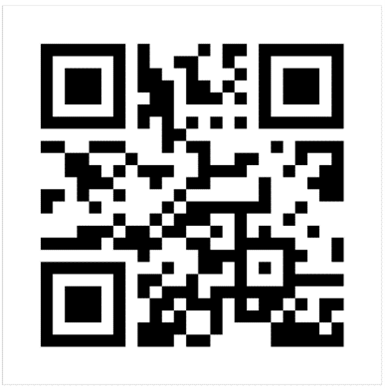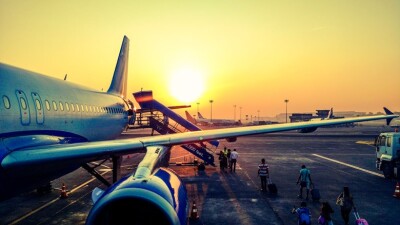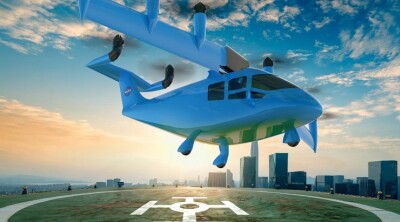I first encountered this “safety feature” in 2019 when we hired a real estate photographer to prepare a graphic depiction, inside and outside, of a house located directly below the approach to Runway 12 at Miami International Airport (KMIA).
The photographs and the comprehensive laser scanning of the inside of the house went without a glitch, but as soon as he tried to start with the drone images, trouble began. The DJI Mavic refused to start, so he reached out to DJI support and after a few hours of negotiations and emails, the drone was unlocked, and he could do his job.
What prevented the photographer’s drone from taking off is a feature in every DJI drone, known as “Geofence.” We do not know exactly when this safety measure was added to the software of the DJI drones, but the idea behind it is to prevent bad actors from operating the most popular drone in the world from being flown in the vicinity of airports and other sensitive areas such as nuclear power plants and prisons. Perhaps this locking mechanism has prevented horrendous accidents and illegal flights; perhaps, we will never know.
What is true today is that pilots with valid Part 107 licenses have to receive “permission” to fly from a foreign manufacturer, instead of receiving it from the Federal Aviation Administration (FAA), the federal agency that granted them their pilot privileges. The biggest problem with these authorizations to fly near sensitive areas is that receiving the “GO” to fly gives a false sense of security to the pilot, who might not realize that the conditions of the COA still need to be met, regardless of the approval or not by the manufacturer.
For example, a pilot with a valid Certificate of Waiver or Authorizations (COA) from the FAA to perform a job in the vicinity of an airport, still needs to get unlocking authorization from DJI to fly, regardless if he/she has read the COA and understood the safety details in it. The way this works today is that pilots scan or photograph the COA and submit it to DJI to request the unlocking. What happens after that is a mystery, and we cannot suppose that a private manufacturer will always have the necessary resources to resolve, in an expeditious manner, the hundreds of COAs that will be issued over the next few years.
This does not seem right and could lend itself to misunderstandings and possible misinterpretations of the COA, apart from the costly delays to pilots and operators who have a limited amount of time to perform the flights.
We have reached out to DJI for comment and have not received a response yet.
In the meantime, we are taking the liberty of making a formal proposal to the FAA and DJI to work together and fix this problem once and for all.
The FAA could add a QR code to every COA issued to a Part 107 pilot in which the safety features of the flight are technically embedded and detailed.

All the pilot needs to do is to use the DJI app to scan the QR Code and the drone will be unlocked by the FAA instructions and with a message outlining the safety requirements of the flight.
We took the liberty of creating a mockup of what we think a COA QR Code should look like.
We realize that implementing this change will take time and heavy coordination between a federal agency and a private, foreign drone manufacturer, but the alternative to do nothing will have potentially dangerous consequences as more and more drone pilots receive unlocking permissions without the proper safety safeguards.
Removing Geofence entirely from every DJI drone might not be in the best interest of safety, so a middle ground must be found in order to benefit from the existing safety measure while allowing the FAA to be the entity granting permission to fly under federal COAs.















Comments